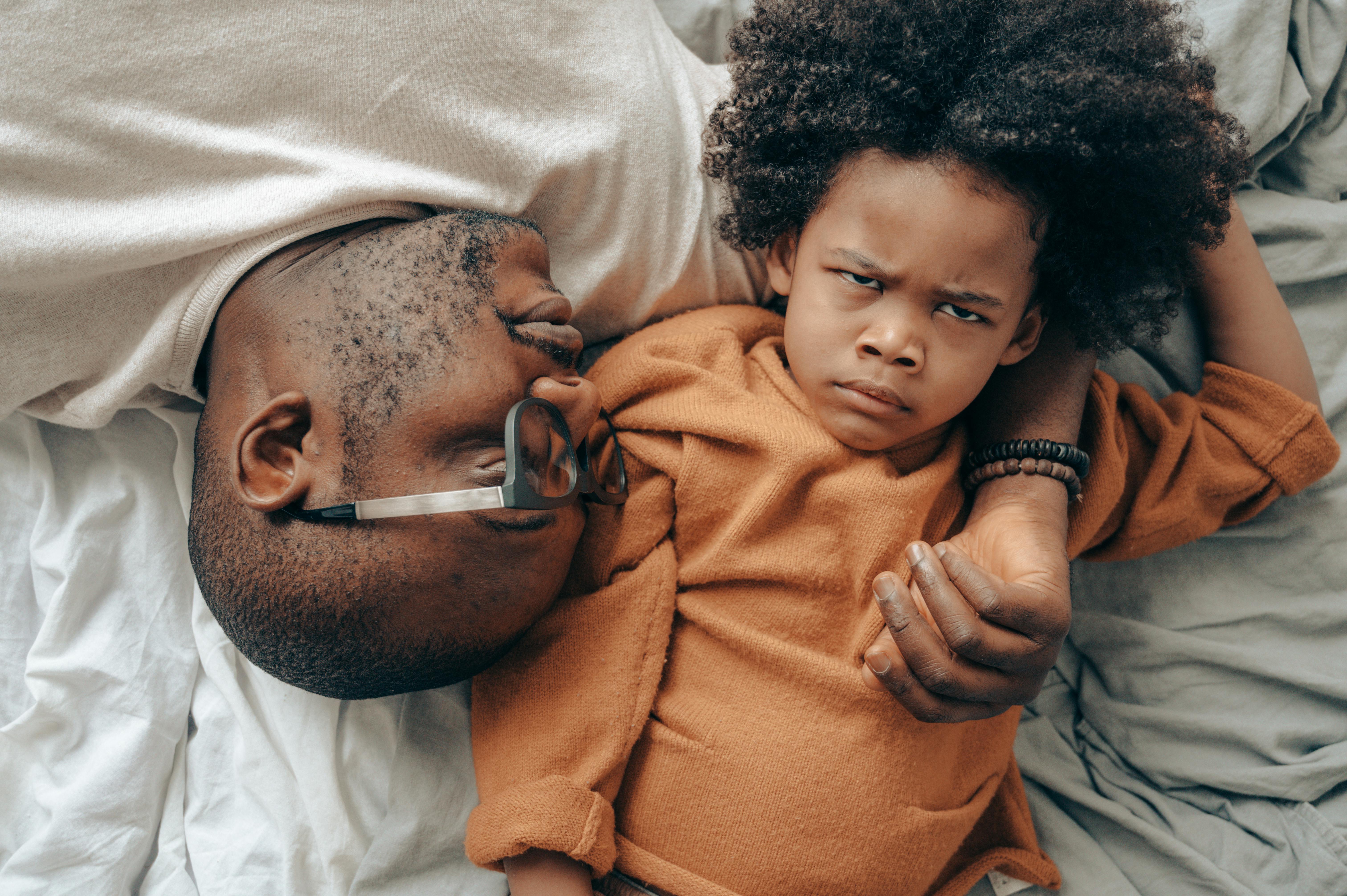
Story of an Exceptionally Recent American Sperm Donor in the 21st Century
Advanced fertility program centers allow a sector of the population to enjoy being parents during their lifetime. The result was a human sperm donor program. Modern science takes a long time to succeed in this beneficial effort to achieve the ultimate happiness of future parents.
Altruistic people were kind enough to donate their sperm to the sperm bank in every state in the US A unique and interesting human story evolved and was reported in the media.
I am reporting such a story and gratefully acknowledge that the source is from Mr. Kyle Swenson, on September 7, 2020, in The Washington Post. Dr. Bruce Cleary 53 is from Corvallis, Oregon, he received a message when he logged into his Internet account a gift from his wife.
He had just received his genealogical results tracing his Swiss and Irish roots. But now Cleary noticed a note in her account inbox. He read the message. “I did not expect to see such a close relationship on the site. I apologize if this makes it uncomfortable for me to contact you.”
In March 2018, his office was littered with family photos of a man happily anchored in his place, a position deliberately forged over the past decades. Cleary was a teenager, with his Corvallis High School football team. There was a middle-aged doctor, smiling with orphans in Ghana, and at his wedding to his second wife, his arms went around his older children.
Most of Cleary’s life had developed within a short distance from where he was sitting. He was ten minutes from his childhood home. The only significant time away from Corvallis was during medical school at Portland Oregon Health and Science University, where at one point he became a sperm donor.
Now, three decades later, as he read on, Cleary realized that Ancestry had identified him with one of the donor children, two of them, in fact. The message was from a woman in her 20s. She wrote that she and her sister were both from Cleary. “I thought that to donate I could write to thank you so many years ago.” she wrote, and then asked about her family’s medical history. “Again, I apologize if reaching is too much or exceeding any limits.” she added.
Cleary had spent little time with her children. He said that at the time he donated, he was told he would have five and they could all be on the East Coast. Your role would be hidden and anonymous.
When the 23 and Me and Ancestry websites became popular, he realized that it could be revealed. Technology has given genealogy database users to know more about themselves. In the two years since the first thank you message, she learned that there were not two donor children, but at least 19 children. They all lived two hours from home.
The haunting surprise of this donor of 19 children reveals the promises and dangers of genealogical databases in the 21st century.